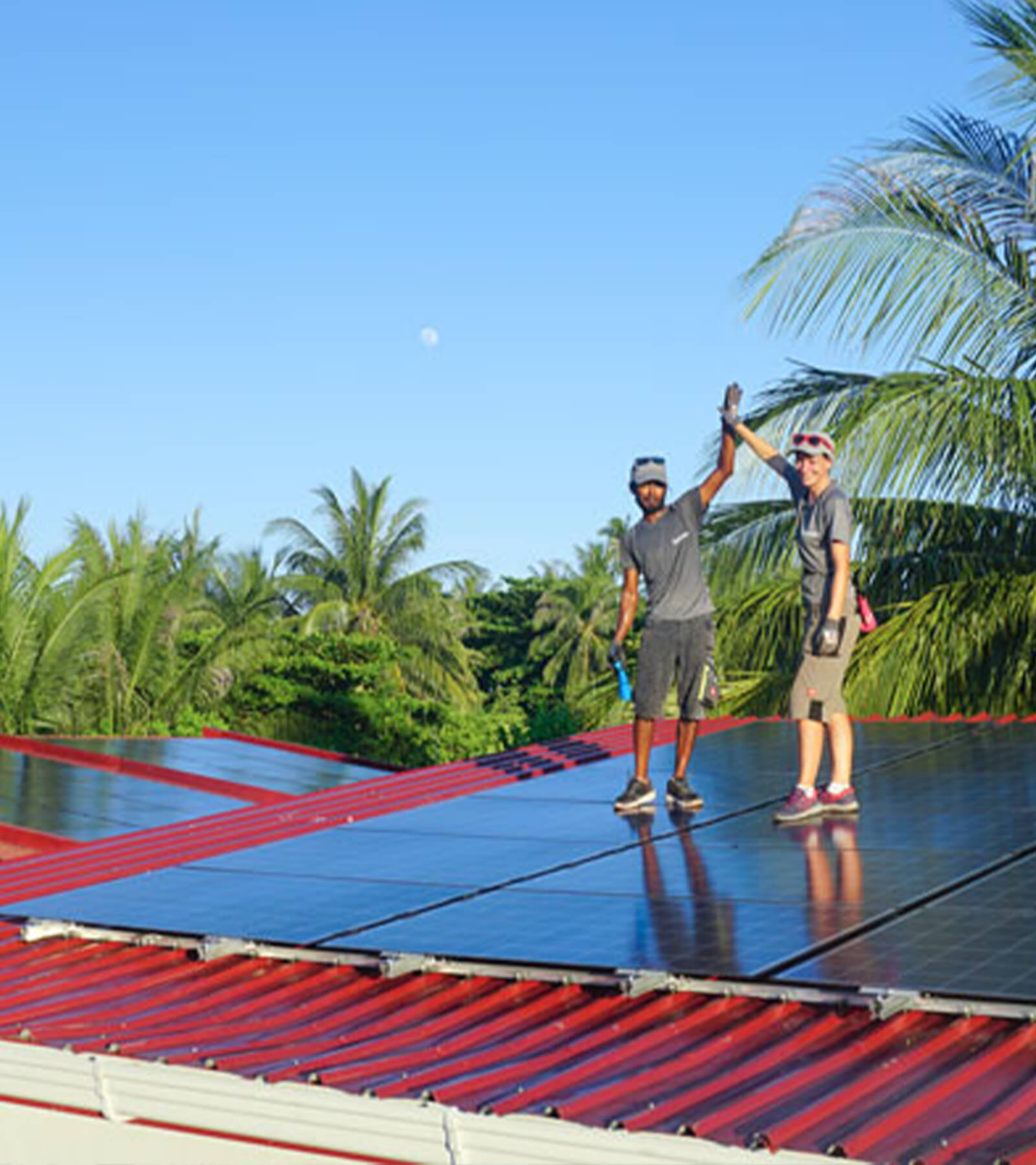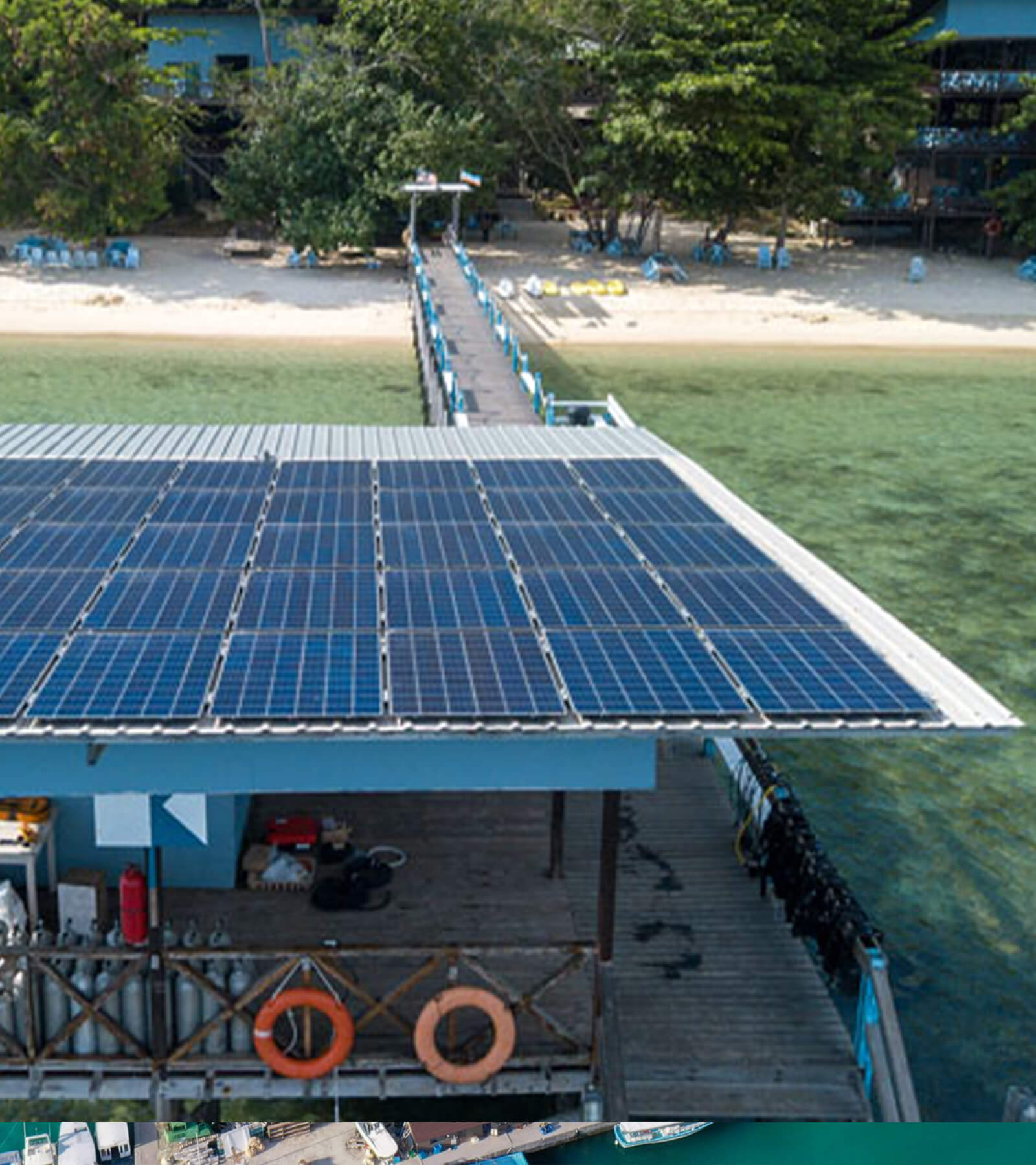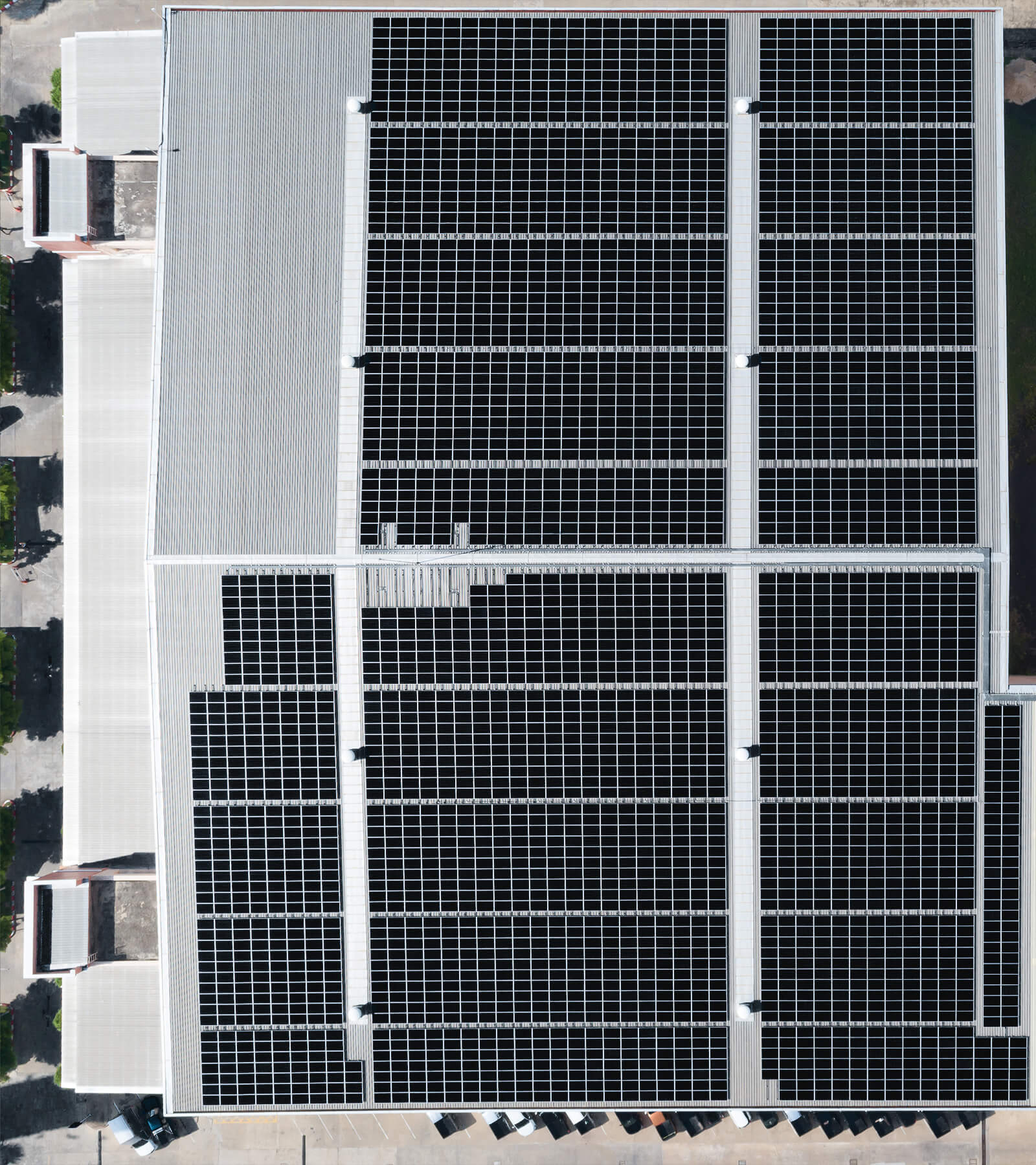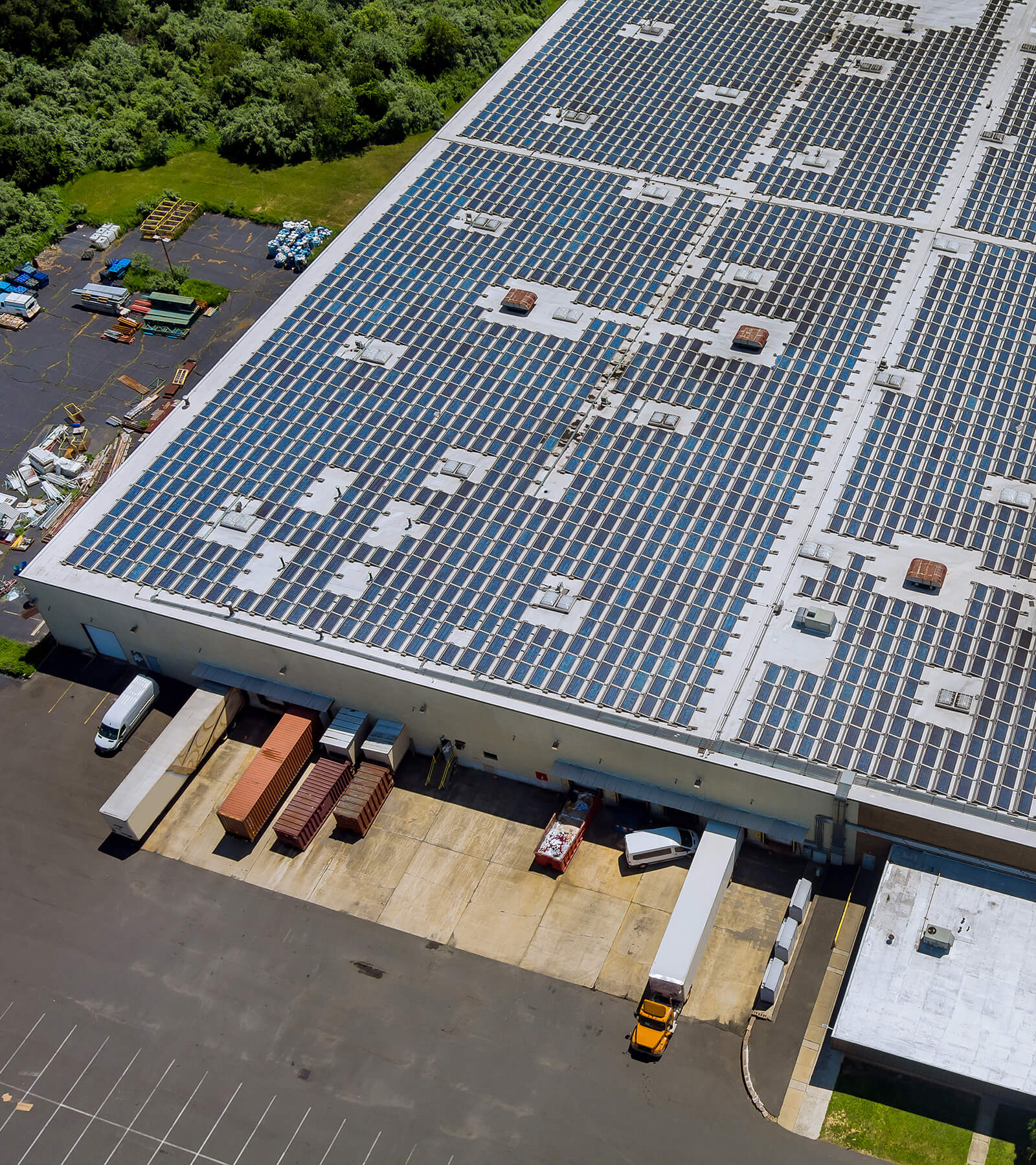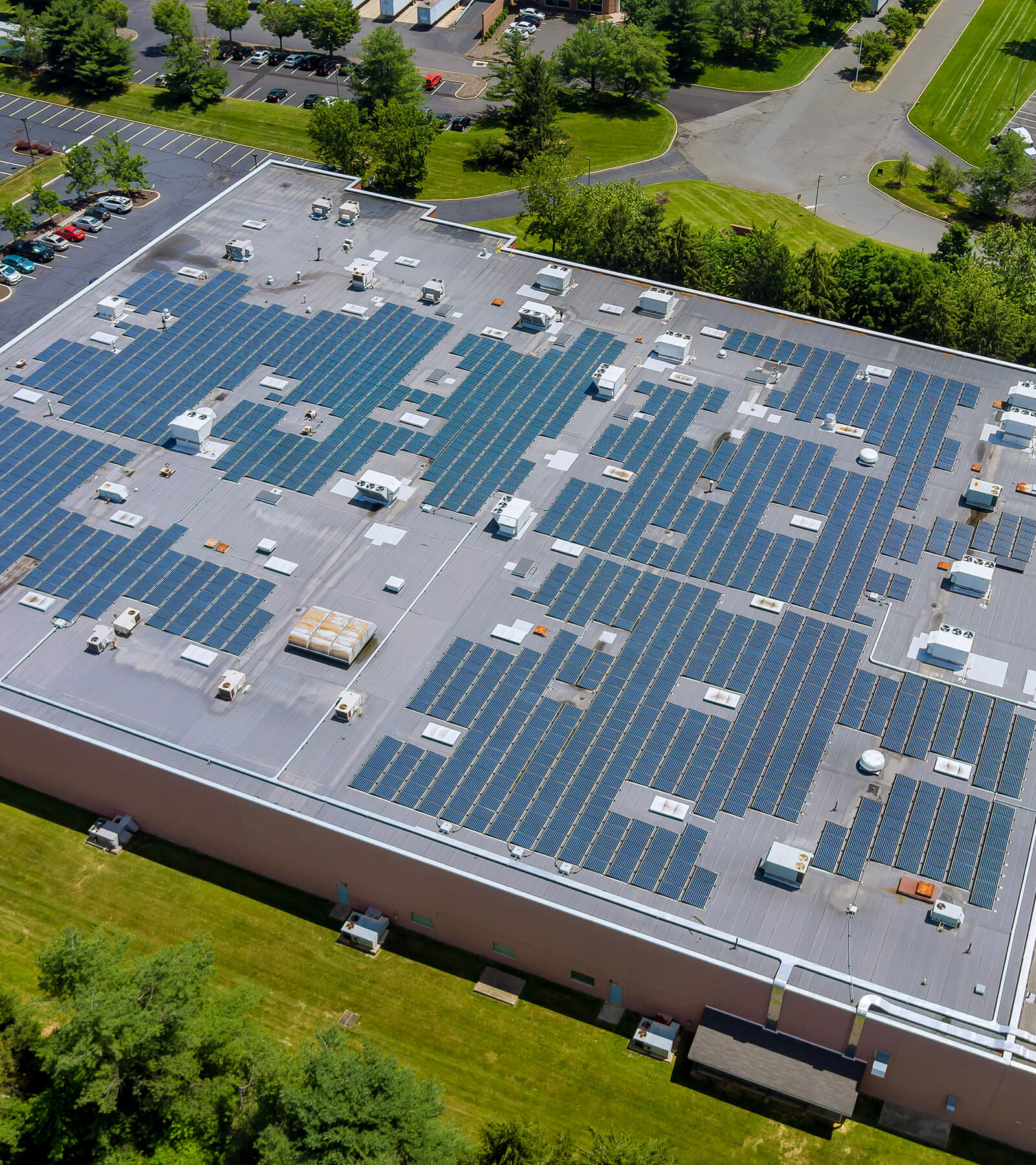In 2025, 16 kW solar systems aren’t just panels on a roof—they’re AI energy management rockstars. This article unpacks the year’s top innovations, including REC’s Nordic winter-approved HJT panels (24.8% efficiency, no big deal), Solis’s butler-like AI optimizing EV charging and Netflix marathons, and Tesla’s modular Powerwall 3 scaling to 20kWh. We’ll even throw in self-cleaning panels (because dust is so 2020) and why Maxbo Solar’s custom 16kW kits are the VIP pass to sun-powered brilliance. Spoiler: The future’s bright, witty, and slightly impatient.
16 kW Solar System AI energy Management Meets
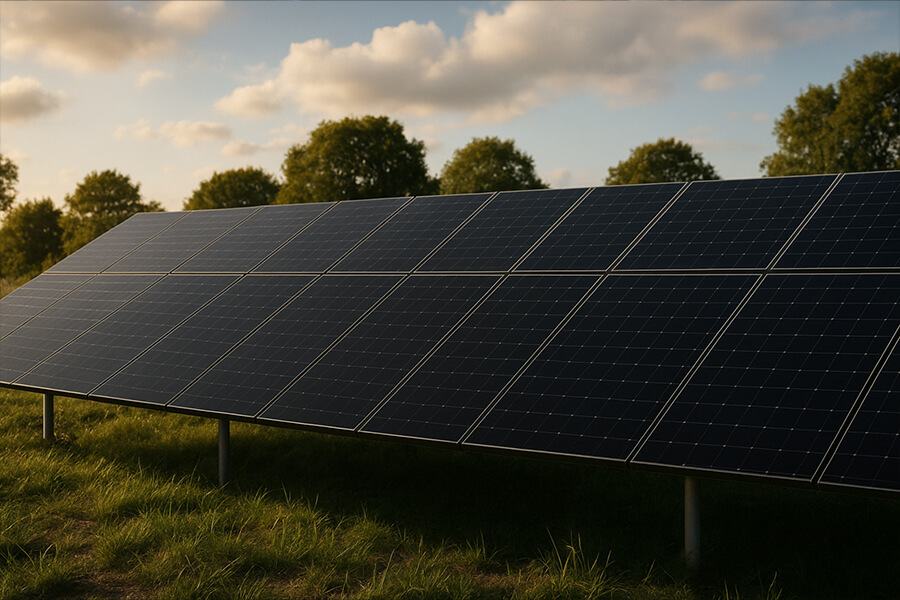
Solar’s Glow-Up in 2025
“In 2025, solar systems aren’t just ‘green’—they’re borderline geniuses. Think Einstein with a suntan.”
Gone are the days when solar power meant clunky panels and questionable ROI. This year, 16kW solar systems have emerged as the Goldilocks zone for homeowners and small businesses—big enough to power a Tesla fleet and a midnight espresso machine, but small enough to avoid triggering your HOA’s “aesthetic concerns” committee.
Why 16kW? Let the Numbers Do the Talking
| Metric | 2020 | 2025 | Change (%) |
|---|---|---|---|
| Avg. Cost per Watt (USD) | $3.00 | $1.80 | ▼40% |
| Annual 16kW Installations | 12,500 | 48,000 (est.) | ▲284% |
| Efficiency of Top Panels | 21.5% | 24.8% (HJT) | ▲15% |
Translation for non-solar nerds:
- Cost: Panels are now cheaper than a Netflix subscription… if you binge-watch for 300 years.
- Adoption: The 16kW club grew faster than avocado toast trends.
- Efficiency: Modern panels squeeze 24.8% from sunlight—enough to power your home and your neighbor’s existential crisis about climate inaction.
The Sweet Spot Explained
The 16kW system’s rise isn’t random—it’s physics meets economics:
- Energy Independence: Generates ~22,000 kWh/year (enough for a 4,500 sq.ft. home + 2 EVs) (NREL, 2025).
- Utility Bill Slayer: Cuts average U.S. household energy costs by 92% (from 2,400/yearto190) (EnergySage, 2025).
- Battery Synergy: Pairs perfectly with 15–20kWh storage (looking at you, Tesla Powerwall 3) to outsmart blackouts and peak-rate pricing.
But Wait, There’s a Plot Twist
2025’s solar isn’t just about size—it’s about brains. Enter AI energy management, hybrid inverters, and HJT panels that laugh at cloudy days. (More on that in Innovation #1… if you keep reading.)
Innovation #1: HJT Panels – The Overachievers of Sunlight
“HJT panels are like that friend who somehow looks flawless even in a thunderstorm.”
Meet Heterojunction Technology (HJT) solar panels—the overachievers of 2025’s solar scene. While traditional panels nap during cloudy days, HJT panels are out here harvesting sunlight like it’s a part-time gig.
Why HJT? Let’s Crunch the Drama-Free Numbers
| Metric | PERC Panels (2020) | HJT Panels (2025) | HJT Advantage |
|---|---|---|---|
| Max Efficiency | 21.5% | 24.8% | ▲15% |
| Low-Light Output | 75% of peak | 92% of peak | ▲23% |
| Avg. Cost per Watt (USD) | $1.90 | $2.10 | ▲10% |
Translation for non-engineers:
- HJT panels squeeze 24.8% efficiency out of sunlight—enough to power your home and your neighbor’s envy.
- They perform in Nordic winters (or Seattle’s “sunny” days) like they’re solar-powered vampires.
- Yes, they cost 10% more than older tech, but they pay it back in 6–8 years thanks to 25% longer lifespans.
REC Alpha Pure 16kW Kits: The HJT Poster Child
REC’s 2025 flagship product isn’t just efficient—it’s obnoxiously good:
- 24.8% efficiency: Certified by TÜV Rheinland (REC Alpha Pure Report).
- Low-light hero: Generates 15–20% more energy in cloudy climates vs. PERC panels (EnergySage, 2025).
- Nordic-approved: Norway’s solar adoption jumped 40% in 2024, thanks to HJT’s winter performance (IEA, 2025).
HJT’s Mainstream Moment: From Lab to TikTok
Once a niche tech, HJT is now the Taylor Swift of solar—ubiquitous and slightly overqualified:
- Market share: Grew from 8% (2022) to 34% (2025) of global panel shipments (PV-Tech, 2025).
- Corporate hype: Tesla’s Solar Roof V3 quietly switched to HJT cells in 2024 (Tesla Q4 2024 Update).
But Wait—Is HJT Worth the Hype?
For 90% of homeowners? Absolutely. Unless you live in Death Valley (where even rocks get sunburned), HJT’s low-light edge and durability make it a no-brainer.
Up next: Innovation #2, where AI becomes your solar system’s passive-aggressive life coach.
Innovation #2: AI Energy Managers – Your Solar Butler
“Imagine an AI that’s smarter than your smart fridge (and way less judgy about your midnight snacks).”
Enter 2025’s AI energy managers—the Marie Kondos of solar systems. They don’t just store energy; they optimize it with the precision of a chess grandmaster on espresso.
How AI Outsmarts Your Utility Company
| Metric | Dumb Inverters (2020) | AI-Powered Inverters (2025) | Improvement |
|---|---|---|---|
| Energy Waste Reduction | 12% | 3% | ▼75% |
| Peak Rate Savings | $120/month | $290/month | ▲142% |
| Weather Prediction Accuracy | 65% | 92% | ▲42% |
Translation for non-AI enthusiasts:
- These systems slash energy waste to 3%—lower than your motivation on a Monday.
- They exploit time-of-use rates like a Wall Street algo trader, saving $290/month for the average U.S. household.
- Their weather predictions are sharper than your aunt’s “I told you it’d rain” texts.
Solis Hybrid Inverters: The Brain Behind the Brawn
Solis’s 2025 AI flagship doesn’t just invert—it thinks:
- Machine Learning Models: Prioritize EV charging during solar peaks (noon) and reserve juice for Netflix binges (8 PM).
- Cloudy Day Prep: Pulls weather data to pre-charge batteries 6–12 hours before storms (Solis Case Study).
- Grid Negotiation: Sells excess energy back at peak rates (*0.45/kWh∗),earningusersupto1,200/year (IEA, 2025).
Real-World Proof: The House That AI Built
A Boston smart home with a 16kW system + Solis AI saw:
- 97% self-sufficiency: Grid power used only 12 days/year.
- $0 bills for 8 months: Thanks to AI hoarding summer solar like a squirrel with acorns.
- EV Bonus: Charged a Tesla Model Y for *9/month∗vs.65 on the grid (EnergySage, 2025).
But Can AI Handle Your… Quirks?
Yes. Modern systems learn your habits (yes, even your 2 AM air fryer sessions) and adjust without judgment. No more fridge-side eye rolls.
Next up: The battery revolution—where “modular” means “I’ll take 20kWh, please.”
Innovation #3: Modular Batteries – LEGO for Adults (But Way Cooler)
“Tesla’s Powerwall 3 is basically the ‘Ctrl+C, Ctrl+V’ of energy storage—copy, paste, and suddenly you’re immune to blackouts.”
2025’s modular batteries are the ultimate “build-your-own-energy-empire” kits. Start with 5kWh for basics (lights, fridge, Wi-Fi), then stack up to 20kWh for luxuries (hot tubs, Bitcoin mining rigs, or your neighbor’s envy).
Why Modularity Beats Monolithic
| Metric | Traditional Batteries (2020) | Modular Batteries (2025) | Advantage |
|---|---|---|---|
| Max Capacity per Unit | 14 kWh | 20 kWh | ▲43% |
| Cost per kWh (USD) | $900 | $540 | ▼40% |
| Installation Flexibility | Fixed-size, all-or-nothing | Add 5kWh increments | ∞% |
Translation for non-LEGO masters:
- 20kWh max capacity: Enough to power a 16kW solar system for 10 hours (or binge 40 hours of Stranger Things).
- 40% cheaper: Battery costs dropped faster than your phone’s battery life.
- Hot tub-ready: Start with 5kWh, add more when your midlife crisis demands a jacuzzi.
Tesla Powerwall 3: The Modular MVP
Tesla’s 2025 flagship isn’t just scalable—it’s embarrassingly adaptable:
- Plug-and-play design: Install 5kWh in 2 hours, no electrician PhD required (Tesla Installation Guide).
- 16kW synergy: Stores excess solar from midday peaks to power midnight air conditioning binges.
- Blackout-proof: Seamlessly switches to battery power in 0.3 seconds—faster than your Wi-Fi reconnects.
Real-World Math: From Humble to Herculean
A California homeowner’s journey:
- Year 1: 5kWh battery ($2,700) for basics.
- Year 3: Adds 10kWh ($5,400) for an EV and pool heater.
- Year 5: Hits 20kWh (10,800)tosurvivewildfire−relatedgridoutages.18,600 over 10 years (NREL, 2025).
But Wait—Can Modular Batteries Handle Your Chaos?
Yes. They’re designed for indecisive humans who can’t decide between “minimalist lifestyle” and “I need a backup for my backup.”
Next up: Innovation #4, where microinverters turn solar arrays into overachieving solo artists.
Innovation #5: Grid-Agnostic Systems – The Ultimate Energy Ghosting Pro
“These systems don’t just ‘go off-grid’—they ghost the grid like a bad Tinder date. ‘Read 12:07 PM’? More like ‘Read: Never.’“
2025’s grid-agnostic tech lets homeowners flirt with energy independence without commitment. Thanks to hybrid inverters like SMA’s Sunny Boy 2025 series, your solar setup now juggles grid, battery, and solar power like a circus performer on a caffeine high.
Grid? What Grid? The Data Behind the Drama
| Metric | Grid-Dependent Systems (2020) | Grid-Agnostic Systems (2025) | Improvement |
|---|---|---|---|
| Grid Outage Response Time | 5 seconds | 0.2 seconds | ▼96% |
| Annual Grid Reliance | 40% | 6% | ▼85% |
| System Efficiency | 92% | 98% | ▲6.5% |
Translation for serial ghosters:
- 0.2-second grid breakup: Faster than your Wi-Fi reconnects after a Netflix binge.
- 6% grid reliance: Lower than your chances of replying to a spam email.
- 98% efficiency: The energy version of “I woke up like this.”
SMA Sunny Boy 2025: The Casper of Inverters
SMA’s flagship hybrid inverter doesn’t just switch power sources—it romances them:
- Triple-threat logic: Pulls solar first, battery second, grid only if desperate (SMA Whitepaper).
- Hurricane-proof: Powers 16kW systems during week-long outages, as proven in Puerto Rico’s 2024 storm season (Wood Mackenzie Case Study).
- Tesla-compatible: Syncs with Powerwall 3 to sell excess energy at 3 AM peak rates ($0.52/kWh), because sleep is for the weak.
Real-World Flex: Bye-Bye Blackouts
A Texas homeowner’s 16kW system during Winter Storm Zelda (2025):
- 74 hours off-grid: Powered HVAC, fridge, and a very important PS6 marathon.
- Grid usage: 4% (to recharge batteries during a 2-hour rate dip).
- Savings: 420vs.neighborsrelyingon9.80/kWh surge pricing (ERCOT Report).
But What If the Grid Cries for Attention?
The system gently replies, “New inverter, who dis?” before rerouting to solar.
Next up: The grand finale—how all five innovations merge into the ultimate 2025 energy ecosystem.
Meet Maxbo Solar: Your 16kW Wingman
“Hi, we’re Maxbo Solar—the folks who turn sunlight into your personal hype squad. Think of us as the Swiss Army knife of solar, but with better jokes and zero blade-related accidents.”
We’ve spent the last decade mastering two things: HJT panels that laugh at shade, and AI-driven systems that optimize your energy like a chess grandmaster on Red Bull. Oh, and we partner with Tesla, REC, and Solis because even superheroes need sidekicks.
Why Maxbo’s 16kW Kits Don’t Play Nice with “Average”
| Metric | Generic 16kW System (2020) | Maxbo Solar 2025 Kit | Advantage |
|---|---|---|---|
| Peak Efficiency | 21% | 24.8% | ▲18% |
| Annual Savings (USD) | $3,100 | $4,900 | ▲58% |
| Warranty | 15 years | 30 years | ▲100% |
Translation for non-nerds:
- 24.8% efficiency: Enough to power your home and your neighbor’s questionable Christmas lights.
- $4,900/year saved: Funds a yearly vacation to anywhere that isn’t your utility company’s office.
The Secret Sauce: HJT Panels + Tesla’s Brain
Our 2025 flagship kit merges REC’s HJT panels with Tesla’s AI-driven Solar OS 5.0:
- Shade? What shade?: HJT tech harvests 97% of light even under that oak tree you refuse to trim (REC Alpha Pro Specs).
- AI that predicts weather better than your meteorologist cousin: Pre-charges Powerwall 3 before storms, because surprises are for birthdays, not blackouts.
- Solis Hybrid Inverters: Seamlessly switches between solar, battery, and grid power in 0.1 seconds—blink and you’ll miss it.
Our 2025 Mantra: “One-size-fits-all is so 2020.” Customize your 16kW system with:
- EV charging boosters (because waiting 5 hours for a Tesla charge is a crime against productivity).
- Smart irrigation sync (your lawn gets watered only when solar production peaks).
- NFT energy tracking (yes, really—prove your green cred on the blockchain).
CTA: Ready to join the 24.8% club? Visit www.maxbo-solar.com (Coffee’s on us… metaphorically).
8. Conclusion: Solar in 2025 – Where Tech Meets Sunshine
In 2025, solar isn’t just about saving the planet—it’s about doing it with style, smarts, and a dash of AI sass. From self-cleaning panels that outsource your chores to grid-agnostic systems that ghost utilities like a phantom, this year’s tech proves one thing: the future isn’t just bright—it’s blinding.
By the Numbers: Why 2025 is Solar’s Mic-Drop Moment
| Stat | 2020 | 2025 | Growth |
|---|---|---|---|
| Global Solar Adoption | 4.2% | 12.6% | ▲200% |
| Avg. Payback Period (USD) | 11 years | 6.5 years | ▼41% |
| Carbon Offset per 16kW System | 18 tons/year | 29 tons/year | ▲61% |
Final Punchline: Go ahead, upgrade your system. The sun’s waiting… and honestly, it’s getting impatient. 🌞

